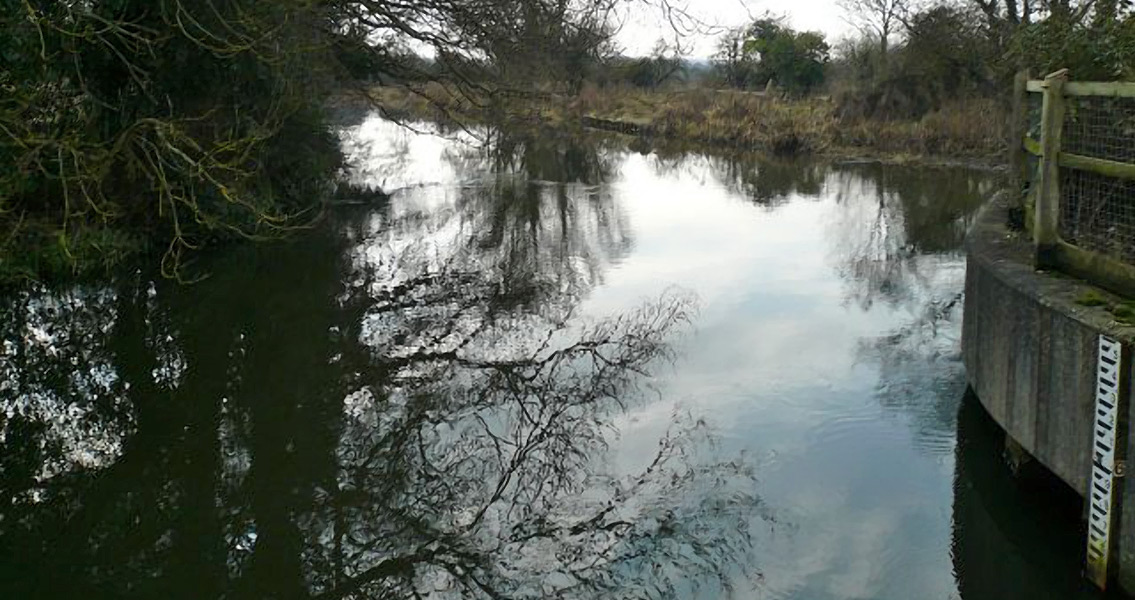<![CDATA[Researchers from Museum of London Archaeology (MOLA) have discovered a remarkably preserved burial ground in Norfolk dating back to the Anglo-Saxon period of English history. The discovery was made during an excavation funded by Historic England in order to clear the way for a flood defense system and connected lake. The find is an exceedingly rare one, as Anglo-Saxon burials – dating to between the seventh century and the eigth century CE – primarily use wood, which has usually long-since deteriorated. However, the exceedingly wet conditions of the River Wensum’s river valley helped to preserve the tree-trunk coffins and plank-lined graves of the ancient cemetery. Researchers believe that this cemetery could have been a gravesite for early East-Anglian Christians, as the remains of a timber structure that could have been a chapel or church were also found. The lack of grave goods, the coffins aligned from east to west and the wooden grave markers all support the theory, as does the timeline – as Christianity was making a firm foothold in England, spreading north and west from Kent from the early seventh century onward. A total of 81 coffins have been found so far, constructed from oak trees split lengthwise and then dug out – a style with origins in the Early Bronze Age. Such dugout coffins became used again during the early medieval period; while some British antiquarian records from the late 1800s make note of the practice, the newly discovered burials in what would have been the Anglo-Saxon kingdom of East Anglia are the first to be studied by modern researchers. An additional six graves have been found on site that do not feature dugout coffins but were instead lined with wooden planks. The practice is thought to have been exceedingly rare, and the new discovery is likely the oldest such example; the graves were first dug into the ground, lined with close-fitting timbers on all sides, and then covered with additional planks once the body was interred. Researchers are still working to understand the relationship between the dugout coffin method and the plank-lined graves. Some have suggested that it represents an evolution of how burials were practiced in the region over time; with the timber used in these burials set to be subjected to tree-ring dating, more information is to be forthcoming. According to an article in Heritage Daily, Historic England Chief Executive Duncan Wilson said that the new find will provide greater levels of understanding of rural Middle-Saxon communities and their religious beliefs. The potential of this site to reveal the story of those who once lived there is “immense,” Wilson added. MOLA archaeologist James Fairclough also commented on the find and how the details of Christian Anglo-Saxon burial practices were preserved in “remarkable” detail. Fairclough said that the chalky, alkaline waters of the River Wensum and the acidic sand in its banks created ideal conditions to preserve the wooden graves and the skeletons held within. The finds from the dig, once properly cleaned, catalogued and analyzed, will be on display at Norwich Castle Museum, according to museum curator Tim Pestell. ]]>
Waterlogged Anglo-Saxon Cemetery Yields Well-Preserved Graves
